Mass consumption of T shirts occurring all over the world is directly linked to environmental problems

It is something that I do not know unexpectedly how T - shirts usually casually wearing are made. However, when examining the whole process from raw cotton cultivation to sewing, it explains the fact that there are environmental problems and inseparable conditions at the same time, it is the movie that summarizes the life of the T - shirt and the problems related to it "The life cycle of a t-shirt"is.
The life cycle of a t-shirt - Angel Chang - YouTube
Let's think of a classic white white T-shirt.

2 billion T shirts are sold worldwide in a year. T - shirts can be said to be the most common clothing item in the world.

But, considering where and how T - shirts are made, I understand the influence on the environment lurking there.

T shirt manufacturing factories are typical of the United States, China, India.

Cotton to be raw material is harvested from raised cotton.
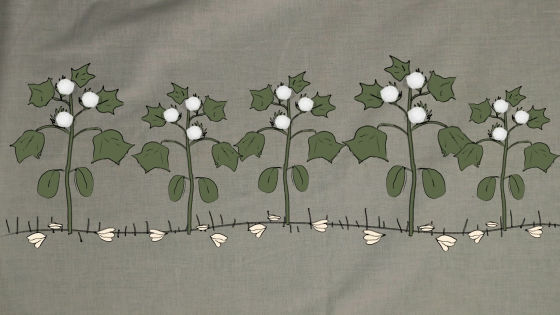
Cotton carefully collected with a dedicated machine ......
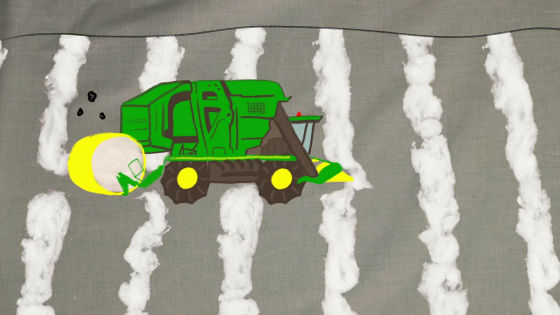
After removing impurities such as seeds, pressed and pressed ... ...
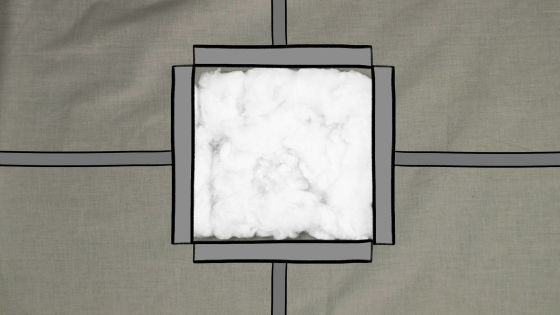
When tied firmly with a strap, it is carried on a belt conveyor.

An enormous amount of water is necessary for cotton cultivation. The water required to make a T-shirt is 2700 liters, which is equivalent to 30 cups of bathtub.
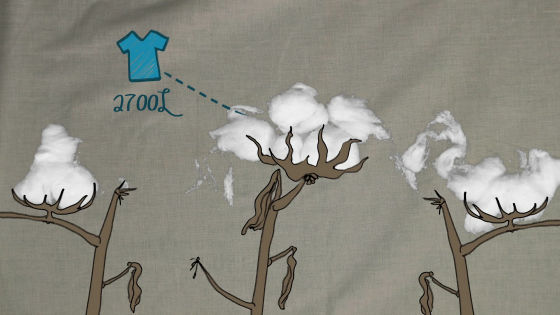
We also need a lot of pesticide. Of course, it affects farmers' health and the surrounding natural environment adversely.
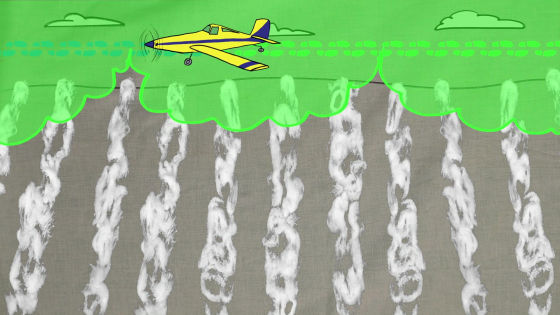
Organic cotton that does not use pesticides is cultivated, but it is less than 1% of the total.
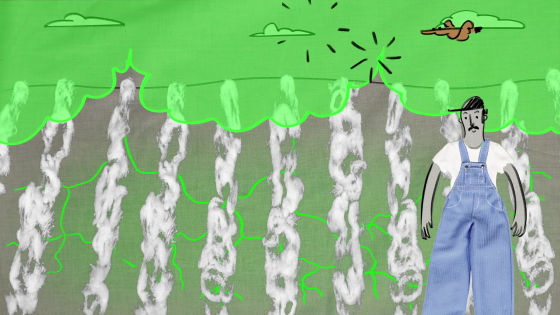
Cotton shipped from the factory will be transported to factories in India and China by truck or ship.
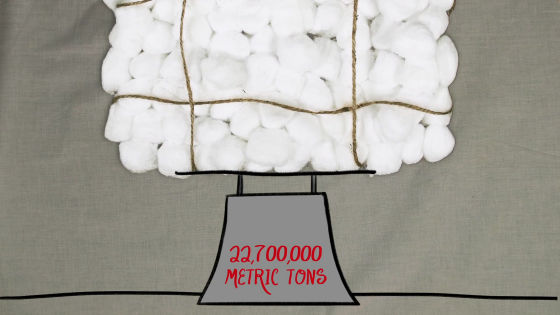
At the factory, cotton is mixed, thinned, pulled, pulled, stretched, twisted ......
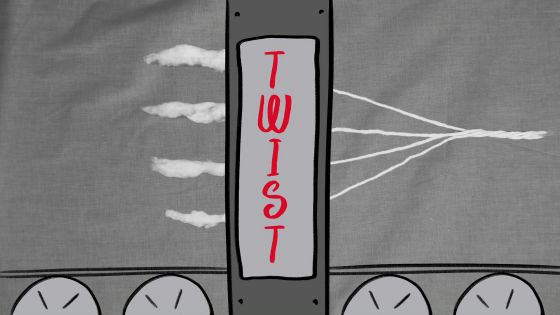
It is put in a state called rope-like "Sliver".

After that, when a gray fabric is knitted with a loom ... ...
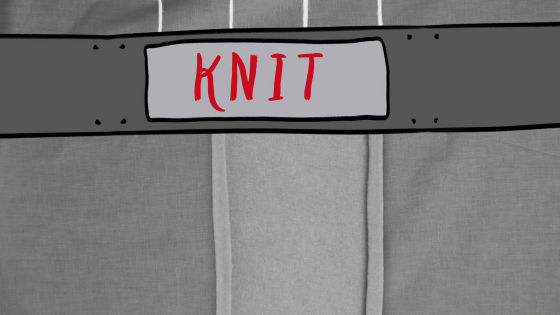
Heat and chemicals are added and softened and bleached.
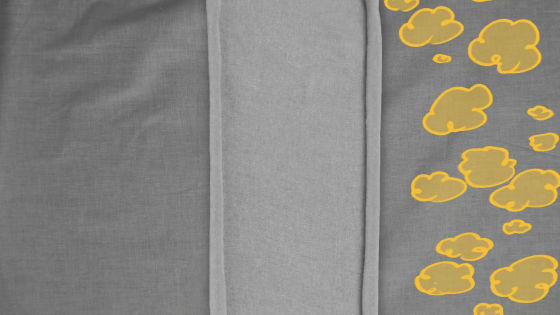
The decolorized or dyed fabric is ...
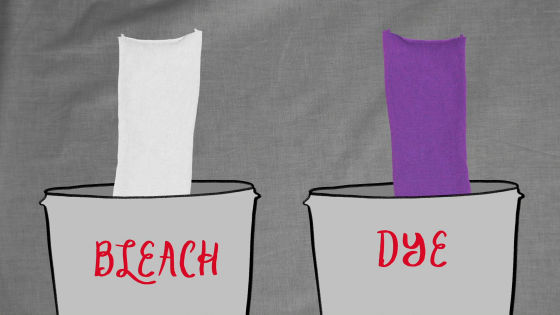
In addition, 70% of the fabric is dyed in vivid colors.
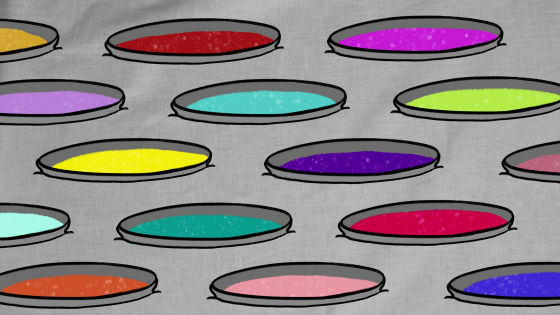
In the process of dyeing, toxic substances such as cadmium, lead, chromium, mercury etc are used ... ...
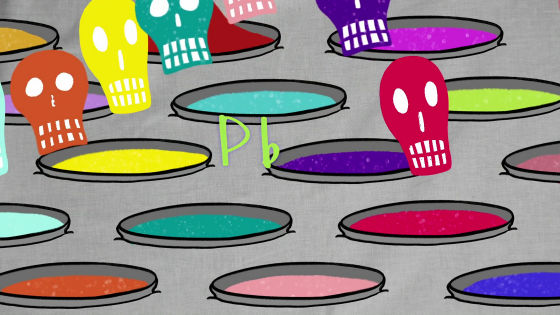
Besides that, harmful substances are released as exhaust gas and wastewater and pollute the environment.
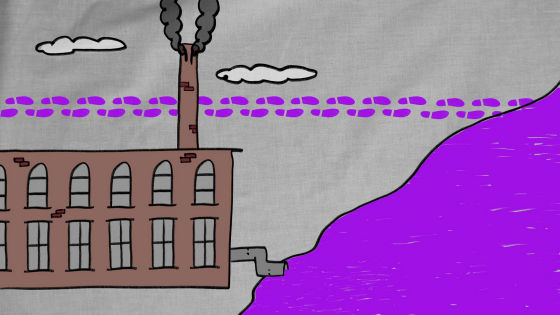
Thanks to the mechanization of most of the processes, it is true that people's involvement has decreased considerably at this stage.
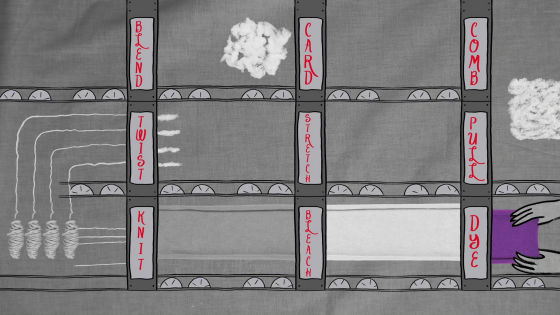
Fabrics leaving the factory are brought to Bangladesh, China, India, Turkey, where they are shaped like T-shirts by human hands.

Because the process of sewing dough is still difficult to mechanize, it is done by human hand.

In Bangladesh, which surpassed China and became the world's largest T shirt manufacturer, 4.5 million people work at T shirt factory. These workers are sewing T - shirts with a low salary of $ 68 per month (about 7400 yen).
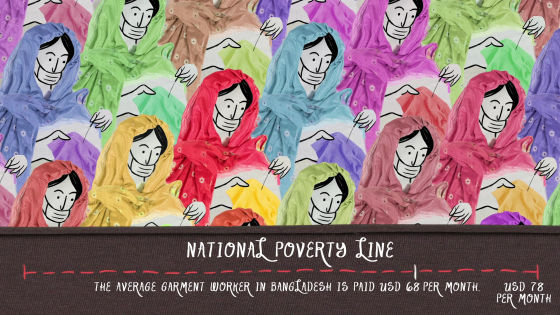
T - shirts manufactured at the T - shirt factory are transported to all over the world by ship, train, truck, and are sold in countries with high incomes. Before T - shirts arrive at the hands of consumers, a lot of carbon dioxide and so on are discharged.

In South America and elsewhere, there is an effort to consistently carry out cotton cultivation to T - shirt production and to reduce carbon dioxide emissions ... ...
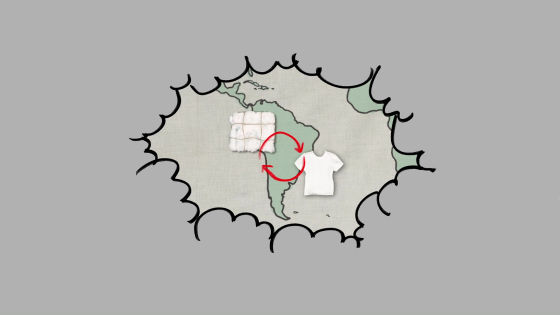
It is estimated that carbon dioxide emissions over T - shirts are estimated to be as high as 10% of the whole world, and it is on an upward trend.
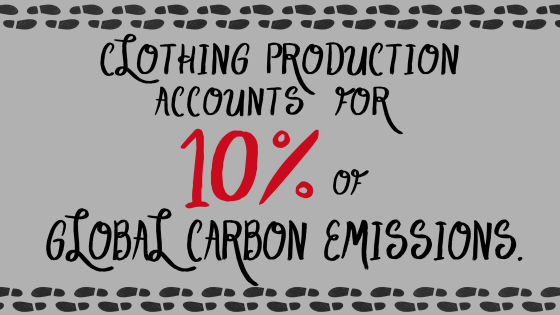
As the demand for cheap clothing increases, the negative impact on the environment caused by T - shirts is increasing.
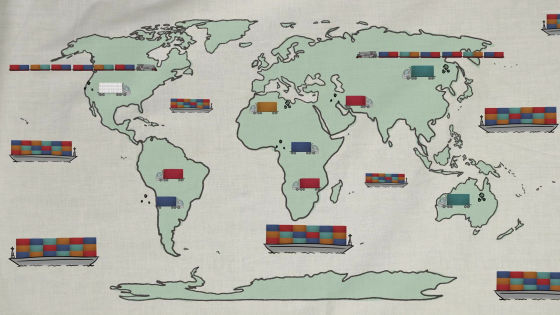
In the 20 years from 1994 to 2014, the worldwide garment production volume has increased to four times, and clothing of 80 billion wear is being produced annually.
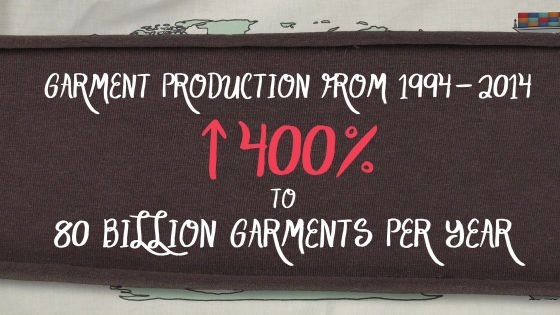
In this way, T - shirts will arrive under the consumer.
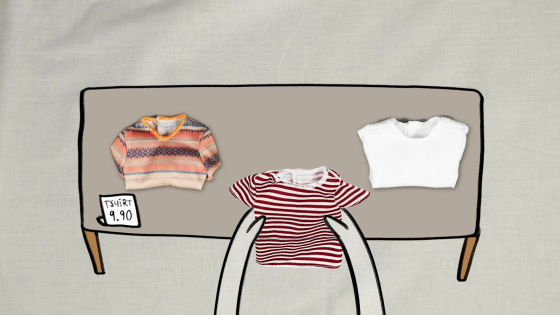
At home in the United States, washing is done an average of 400 times in a year, and 16,000 gallons (about 60 thousand liters) of water is used. And in drying, more energy is used than washing.
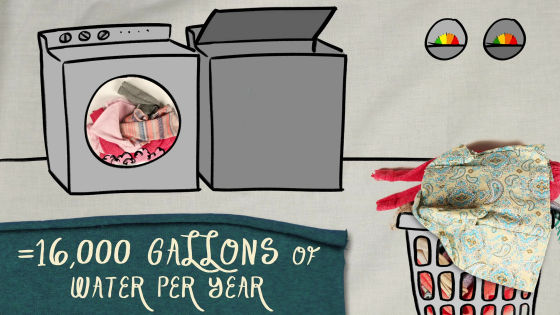
Over the past two decades, lifestyles have changed dramatically around the world due to the appearance of huge clothing manufacturers and fast fashion.
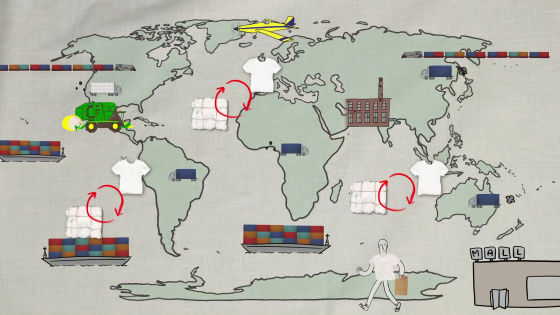
Fashion is the second source of pollution after oil.
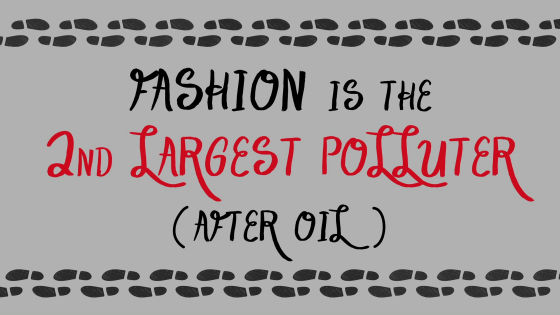
In order to solve this problem, for example, purchasing old clothes ......
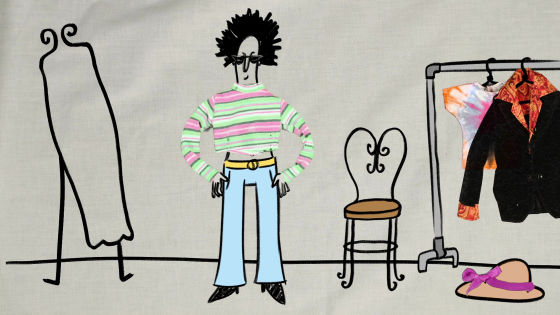
Choose clothes to use recycled materials ......
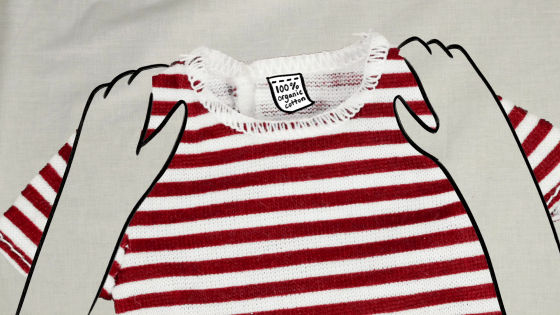
Dry it with sun dried as much as possible so as not to use energy ......
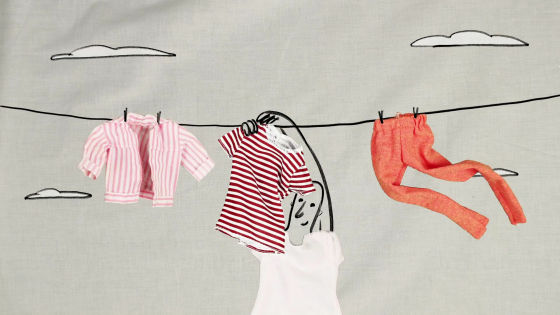
You can think of actions such as reusing torn clothes as rags.

Imagining how much you really need a T - shirt you wear, and how much environmental impact it is likely to be a key to solving environmental problems.
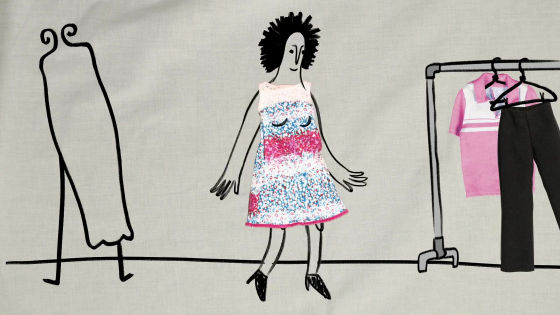
Related Posts:
in Video, Posted by darkhorse_log







